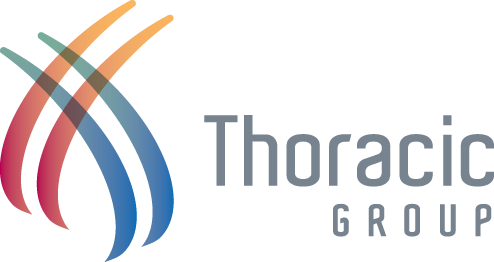Vagotomy
For stubborn peptic ulcers that haven’t responded to dietary changes or medication, a vagotomy can be a viable treatment option. It is a surgical procedure that involves severing the vagus nerve that, among many other functions, influences the production of stomach acid.
Peptic ulcers are sores in the stomach and upper part of the intestines caused by stomach acid wearing away the organs’ lining. At Thoracic Group, we have seen patients with peptic ulcers as a complication of weight loss surgery, especially gastric bypass. The bypassed portion of the stomach still retains its ability to secrete acid. Ulcers can form in the closed-off portion due to an abnormal opening between the pouch and the bypassed portion of the stomach where the stomach meets the intestines.
Is Vagotomy Right for Me?
Vagotomies have a long history dating back to World War II. However, because of new drugs to decrease stomach acid production and antibiotics to eliminate Helicobacter pylori infection (a leading cause of ulcers), there are fewer indications for surgical intervention.
A vagotomy still plays an important role in treating peptic ulcers, though. They are used, mostly in combination with other procedures, when patients have complications from peptic ulcers, such as bleeding and scarring, or when ulcers can’t be controlled by medication and lifestyle change.
Benefits of Vagotomy
While vagotomies are rarely a first-line treatment, the benefits for the right patient are clear. These include:
- High level of safety
- High success rates
- Permanent solution
- Cases that haven’t responded to other treatments
How Is Vagotomy Performed
At Thoracic Group, we perform truncal vagotomies, the simplest and most complete type. A truncal vagotomy involves severing the main trunks of the vagus nerve, which reduces the amount of stomach acid produced.
At Thoracic Group, we perform the truncal vagotomy using a minimally invasive approach called video-assisted thoracic surgery (VATS). VATS allows our surgeons better visibility into the chest cavity and grants them the precision they need to perform vagotomies safely and effectively. This procedure is less invasive than traditional surgeries and requires a shorter hospital stay and a faster, easier recovery time.
The procedure typically requires a hospital stay of one to two days. Most patient return to normal activity within just a couple weeks.
Drawbacks and Side Effects
Any surgery has the potential for complications such as bleeding and infection. Vagotomy-specific risks include:
- Delayed gastric emptying, also known as gastroparesis
- Diarrhea
- Dumping syndrome, where food passes through the stomach too quickly
Despite the risks, vagotomies are safe and effective procedures. If you have stomach ulcers that will not heal despite medical treatment, request an appointment to discuss your alternative treatment options and to see if a vagotomy is right for you.
